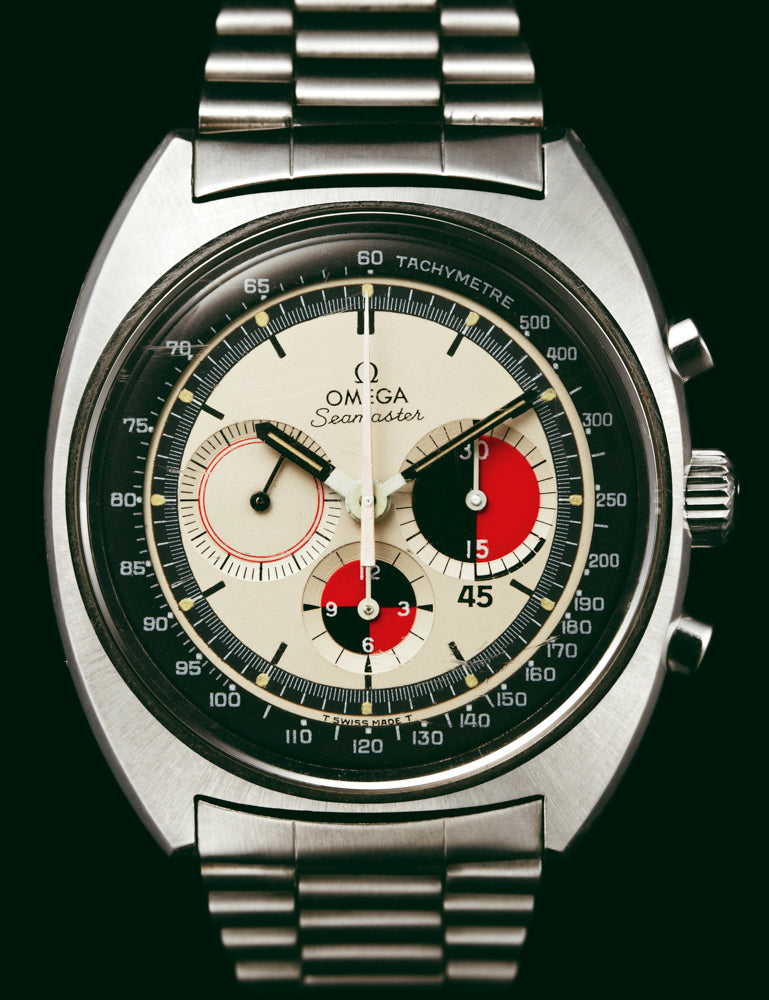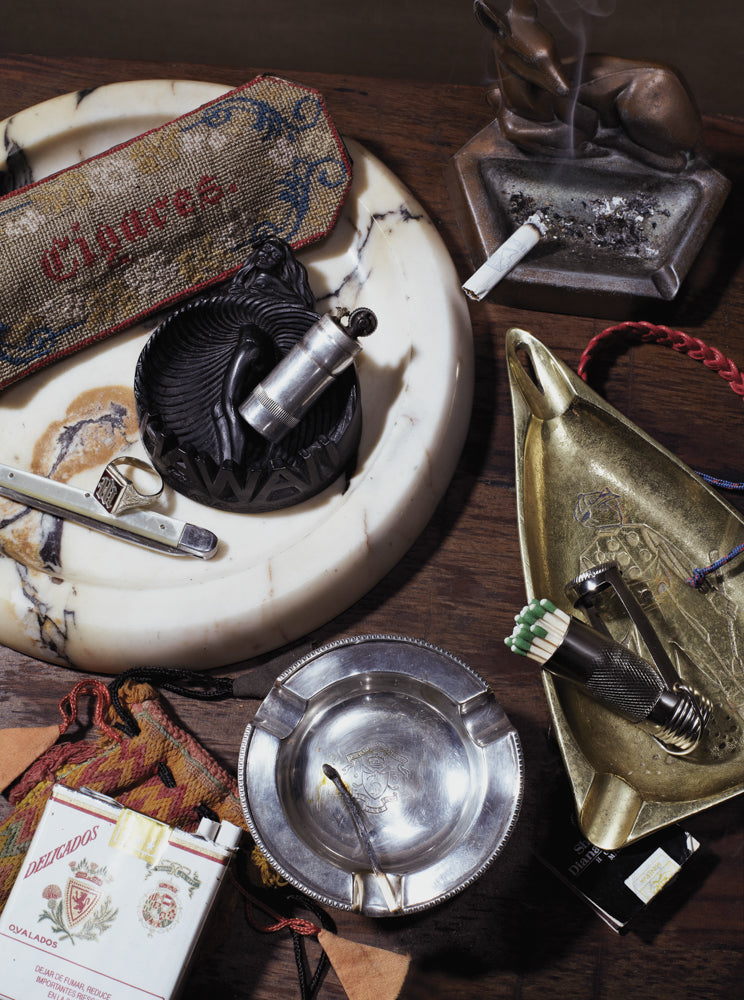
Master Class
MASTER CLASS


When NASA was looking for a timepiece that could stand up to the rigors of space travel, everyone in the watch world wanted in. Rolex and Longines were considered the top contenders, but it was the Omega Speedmaster Professional that ultimately won the day. Rocketing into horological history on the arms of Buzz Aldrin and Neil Armstrong aboard Apollo 11, it would forever be known as the “Moon Watch.”
Back in 1957, when the Speedmaster debuted, it wasn’t intended for astronauts. It had been pitched as a racing chronograph, the perfect watch for F1. Its straightforward styling included the first-ever external tachometer bezel for calculating speed; inside was its now-legendary caliber 321 movement, a column-wheel chronograph movement based on the Lemania 2310, the same base used by high-end watchmakers like Patek Philippe.


By the time it got to NASA, the “Pre-Pro- fessional” Speedmaster had been put through its paces. The lugs had gone from straight to twisted, there was an arrow at the tip of the second hand where a “lollipop” had been, and the hands and markers were streamlined. Omega later swapped out the caliber 321 for the caliber 861, which was more consumer-friendly, if not as technically impressive.
Toward the end of the 1960s, Omega started exploring the oceans, too. The first PloProf, 1968’s Professional 600, was designed in collaboration with famed oceanographer Jacques Cousteau. Waterproof to 600 meters, its case was massive for its time. To this day, its bezel lock button at 2 o’clock sets it apart from all other divers.


Having landed on the moon and conquered the ocean, Omega looked skyward in 1969. The Flightmaster was its reinvention of the classic pilot’s watch. In place of the clean black-and-white dial and simple hands that dominated the genre throughout the 40’s, 50’s, and 60’s, the 1969 Flightmaster featured a colorful dial with an internal rotating bezel packed into an oversized barrel-shaped case. It set the template for the quirky chronographs that would define Omega in the 1970s, when bright colors, funky case shapes, and unusual dial configurations ruled the day.
Consider the Bullhead, named for its triangular case shape and horn-like pair of pushers, which supposedly made it easier for drivers to activate their chronographs on the track. It’s experienced a spike in popularity since last year’s re-release of the classic model.


There’s also a niche family of Omega chronographs called the Soccer Timers, so named because their minute counters are marked in 15-minute intervals up to 45 minutes, the duration of a soccer match. They come in a number of variations, some with the even more unusual roulette wheel-style bezel, which shows hours 1-12 in one color and 13-24 in another. It doesn’t get more Seventies than that.
If you’re looking for something a little different — a watch that’s proven its mettle — look beyond the alpha dogs and consider an Omega.


